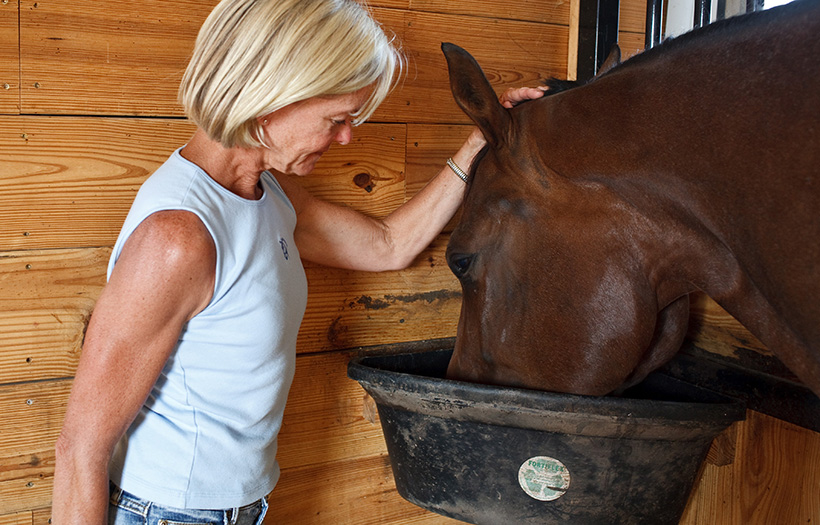Roughage Ingredients in Horse Feed

If you were to take your horse’s digestive tract and stretch it out, it would measure nearly 100 feet from end to end. That is a long trip for the nutrients in feed to make! We feed roughage to our horses to provide a source of bulk and fiber to the diet, and this roughage helps to carry nutrients through that long digestive tract. Roughage consists primarily of bulky, coarse plant parts with high fiber contents. Most sources of roughage are things like hulls, husks or pulp – this type of ingredient provides the fiber and bulk needed for proper digestion, and keeps the horse’s gut functioning as it should. Roughage sources can include things like rice hulls, dried citrus meal, rye mill run, etc., but some of the most common forms of roughage are listed and explained below:
- Beet Pulp: this is a by-product of the sugar beet industry. It is the dried residue that has been extracted in the process of manufacturing sugar from sugar beets. Beet pulp has long been fed as a way to put weight on horses.
- It is high in digestible fiber and digestible energy and is low in starch, which makes it fairly safe to feed.
- Beet pulp pellets are usually soaked when fed; this can also help increase water intake.
- However, beet pulp by itself is not a balanced product. It can fit very well into a feeding program, either as a supplement or as an ingredient in a commercial feed, but if fed by itself the horse will be missing essential minerals, amino acids and protein.
- Soy Hulls: these are the outer covering of the soybean. These hulls are removed before soybeans are crushed for oil, and are an excellent ingredient that is mainly used in pelleted feeds.
- They provide a good source of energy and are an easily digested fiber source.
- Oat Hulls: these are the outer covering of the oat kernel.
- They are high in fiber, low in energy, and low in protein.
- Because of their high fiber content they make a good source of roughage.
These are a few of the most common sources of roughage. Depending on where you live, there may be other more prevelant sources of roughage available. No matter what the specific ingredient is, the main function of roughage in the diet is to provide bulky fiber that helps pull the contents of the digestive tract along and assist in keeping the gut functioning.
